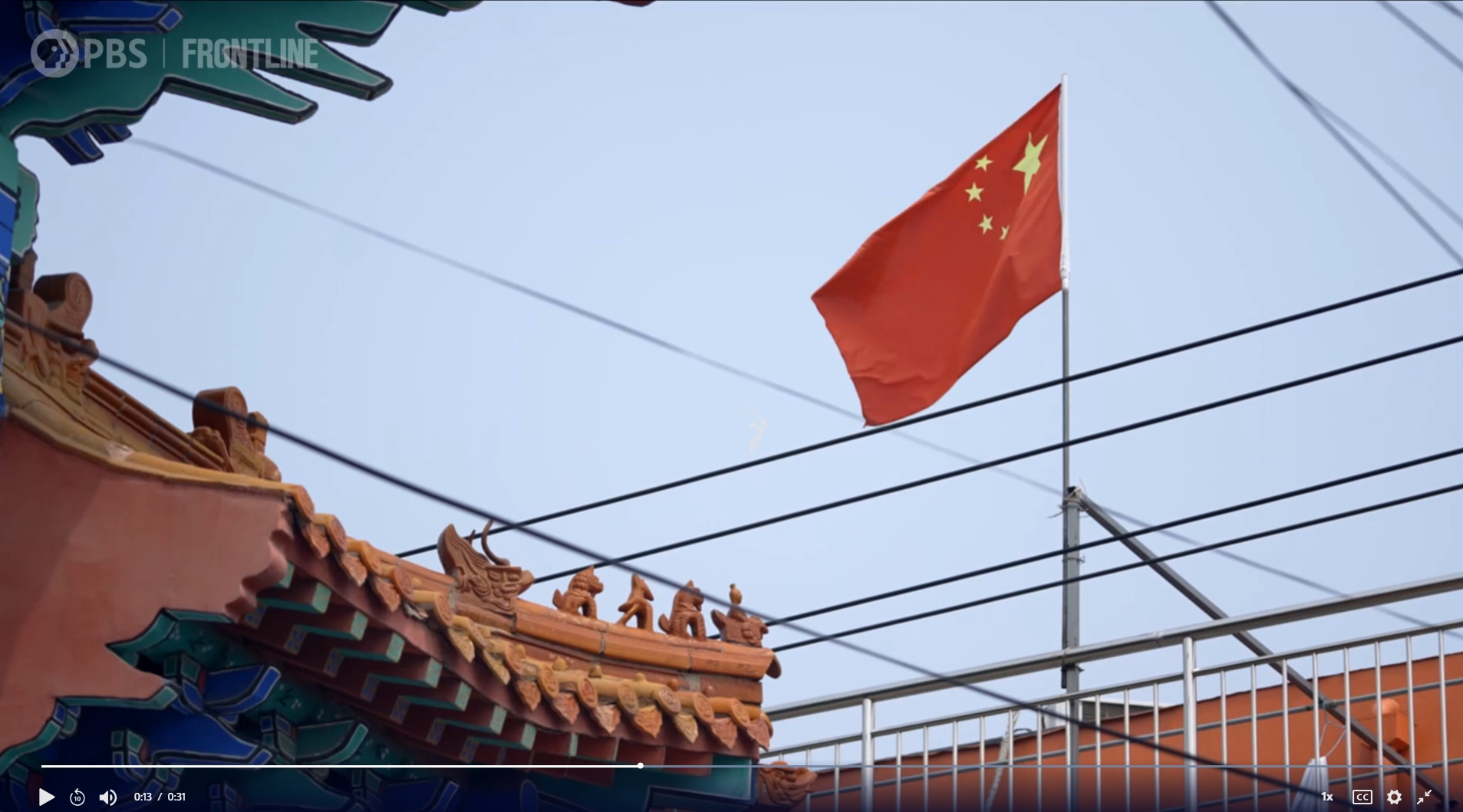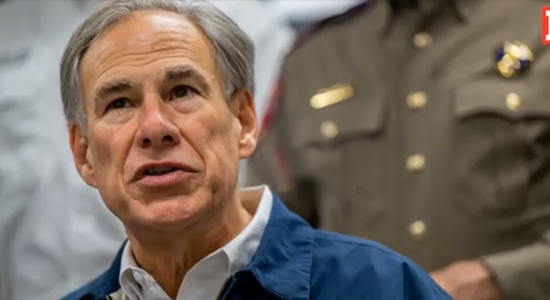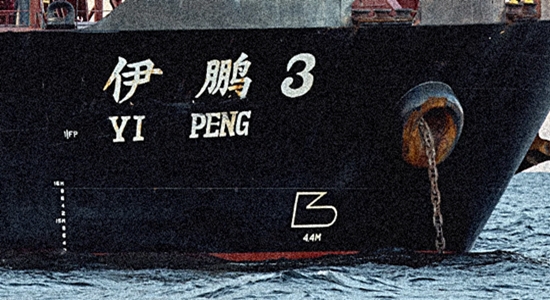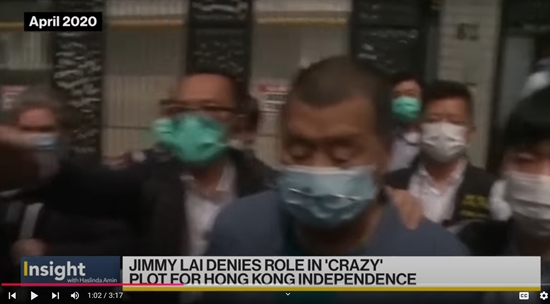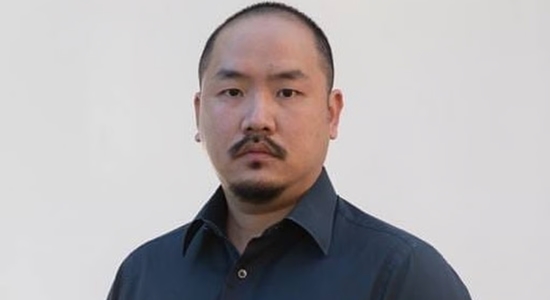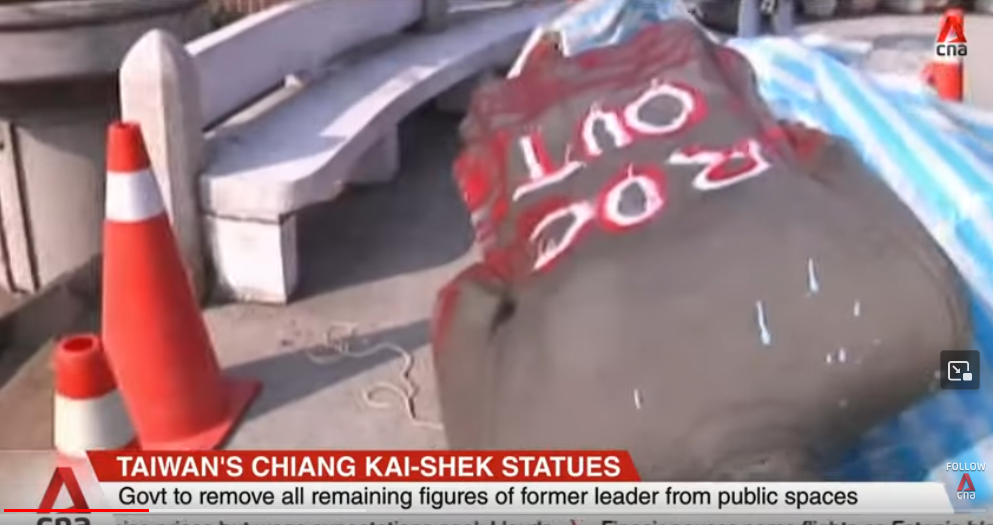
"ROC OUT". Screenshot from CNA (Singapore) on YouTube: https://www.youtube.com/watch?v=O9wxiyokYug
In Taiwan, the effort to reduce/remove former Chiang Kai-shek’s lasting prestige as the father of the country is well underway. Chiang and his Nationalist army and government were forced to flee to the island after the Chinese Communists under Mao won over the mainland in 1949. And now Chiang must retreat into a memorial park dedicated to him, or at least many of the hundreds of statues found across the island will be cloistered there, if they escape the scrap heap.
General Chiang and his deputies operated a fascist dictatorship through their ruling Kuomintang party (KMT). Immediately following the end of World War II, the plunder of Taiwan began in earnest, as the Nationalists moved resources back to the mainland to support Chiang’s battle against the insurgent Communists. The island, known then as Formosa, was relatively more advanced socially and technically than the mainland, having been developed for nearly 50 years by the Japanese as a proto-province of their empire. The Kuomintang imposed a national economic order through centralized authorities with favored individuals receiving ownership of the commanding heights of the Taiwan economy. And soon after taking over, the KMT would also impose a surveillance state and use terror and arbitrary imprisonment to crush dissent. The KMT used the excuse that this was necessary to fight the Communists.
Chiang was still arguably not as bad as Mao. Monkton attributes this to the fact that Chiang still had some sentimentality whereas Mao was a near complete sociopath. But, a non-personal, power-relation argument for the difference between the two leaders and the effects of their leadership is Chiang’s association with the United States, where he was viewed as a friend to democracy against the accursed Communists. The KMT also had agents in the United States working to maintain this image. Nonetheless, US policymakers restrained Chiang from his dreams of invading the mainland. It was not the strongest of relationships — US support waned, even to the point of recognizing Communist China as the One China and allowing it to take the China seat on the United Nations Security Council.
The free trade relations and alignment with America, and of course the tireless work of peaceful democracy activists, the strong single party control by the KMT has finally been transitioned to fully-functioning liberal democracy.
Recommended: The Spectator discusses the issue of the Chiang statues and gives a good modern history of Taiwan. Link. Also, for further reading about Chiang and the history of Taiwan, check out Formosa Betrayed which covers the years immediately following World War II, written by George Kerr, an American diplomat who witnessed the abuses by the Nationalists first-hand. And for a sweeping history up to the near present, Forbidden Nation, by the very able Jonathan Manthorpe.
It is all about “China”
In the featured image for this article, we see “ROC OUT” scrawled on the back of a fallen Chiang statue. Monkton sees this message as a call for Taiwan move on from “China”.
While Chiang and his Nationalists had been the majority government up through World War II, Mao and the CCP, with support from Stalin, forced Chiang’s Republic of China into the boundaries of the island of Formosa, which is now familiar as Taiwan. Taiwan which was only ever an outlying territory of mainland China at best, and even though through most of its history the Chinese did not assert or have any strong control of it. Various colonial powers and even pirates have held partial ownership in recorded history. The rough sea of the Taiwan strait made crossing over to the island a difficult journey. And the mountains and jungle that cover much of the island provided shelter to a native culture resistant to foreign powers.
So, there’s a strong historical reason to say that “China” was mostly a foreign place to Taiwan up until the Nationalists were given de facto control after World War II.
The Chinese Communists have made the issue of Taiwan central to their identity with constant demand that all must believe that Taiwan is part of China, including the leaders of the United States. But Chiang also is responsible for “One China”, as he couldn’t give up on the idea that his government would one day retake the mainland. The Taiwanese government has even had to make reforms in its structure to reduce over-representation by elements of this currently fictitious dream, treating Taiwan as the whole, not just a part of this “One China” vision.
Monkton thinks that the tearing down of statues has significance as more than just knocking Chiang down a notch. It is about a desire of the Taiwanese people to move from looking backwards to a China once ruled by General Chiang and seeing themselves as part of his retreat — that they are still fighting over who gets to own “China” — to abandoning that history and making Taiwan about the culture and democracy that thrives today. In this vision, Chiang and his KMT are not the founders of Taiwan today, but rather the leaders of the democracy movement.
And Taiwan is not China.
